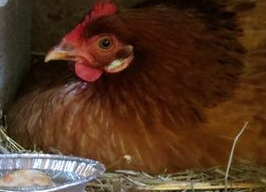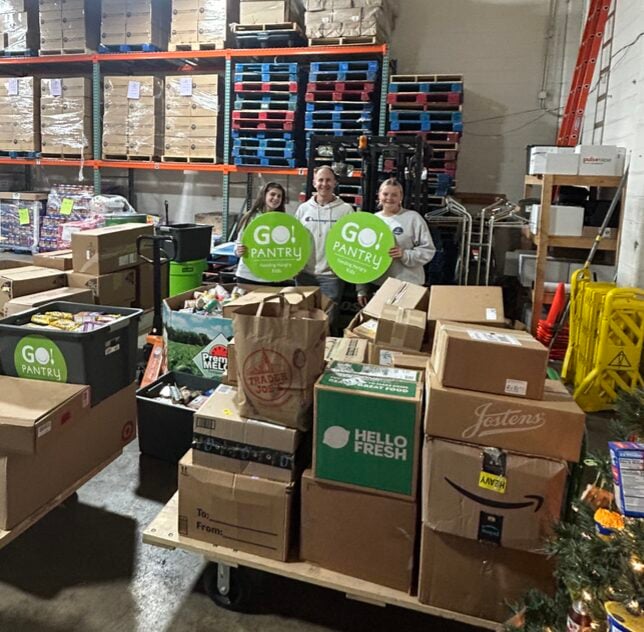Over the past few years, outbreaks of Salmonella infections associated with live poultry in backyard flocks have become more common in Kentucky and around the United States. In 2016 alone, Kentucky has had more Salmonella cases associated with live poultry outbreaks than in the previous five years (2011-2015) combined.
“Salmonella bacteria can be found in the intestines of poultry and animals. The types of infections are relatively common, generally resulting in diarrhea, fever and abdominal cramps 12–72 hours after infection,” said Dr. Robert Brawley, manager of the infectious disease section of the Department for Public Health. “Although most people recover without treatment within 4-7 days, severe infections may occur, especially in young infants, the elderly, and those with weakened immune systems. The public needs to be knowledgeable about possible sources of infection – such as backyard flocks – and take steps to avoid getting sick.”

Each year, outbreaks of Salmonella in people result from contact with live poultry and their environment. From January to October 2016, the Centers for Disease Control and Prevention (CDC) reported eight multi-state outbreaks of Salmonella infection linked to live poultry with nearly 900 cases resulting in 209 hospitalizations and 3 deaths.
Poultry, including chickens, ducks, geese, and turkeys often carry Salmonella, a type of germ that naturally lives in the intestines of poultry and other animals. These birds can carry Salmonella bacteria, regardless of where they were purchased and even if they look healthy and clean. Salmonella typically doesn’t make birds sick, but it causes illness in humans with typical symptoms including diarrhea, fever, and abdominal cramps which last about 4-7 days. Infants, seniors, and those with weakened immune systems are more likely than others to develop severe illness that can lead to hospitalizations and deaths.
“These outbreaks are a reminder that Kentuckians with backyard flocks need to follow steps to keep their families healthy while enjoying their backyard poultry,” said Dr. Brawley, who recommends the following:
– Always wash hands thoroughly with soap and water right after touching live poultry or anything in the area where the birds live and roam.
– Clean equipment or materials associated with raising or caring for live poultry outside the house, such as cages and feed or water containers.
– Do not bring live poultry inside the house, even for a short time.
– Supervise children younger than 5 years who are handling or touching chicks, ducklings, or other live poultry.
To learn more about the risk of human Salmonella infections from live poultry, visit CDC’s Website: http://www.cdc.gov/Features/SalmonellaPoultry/index.html





















